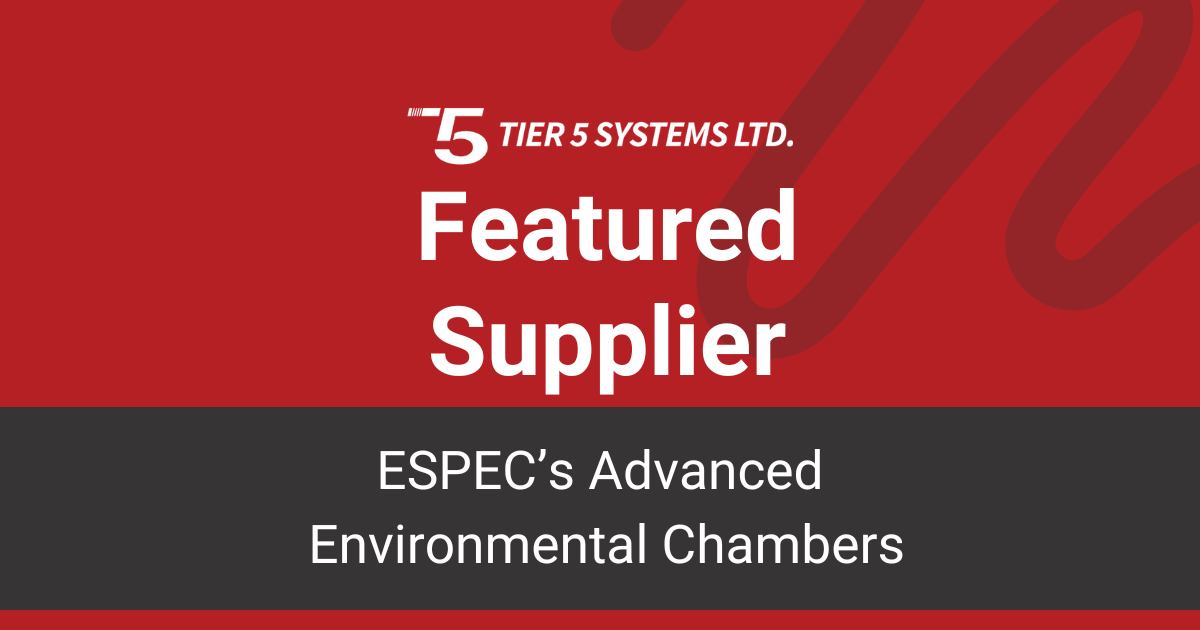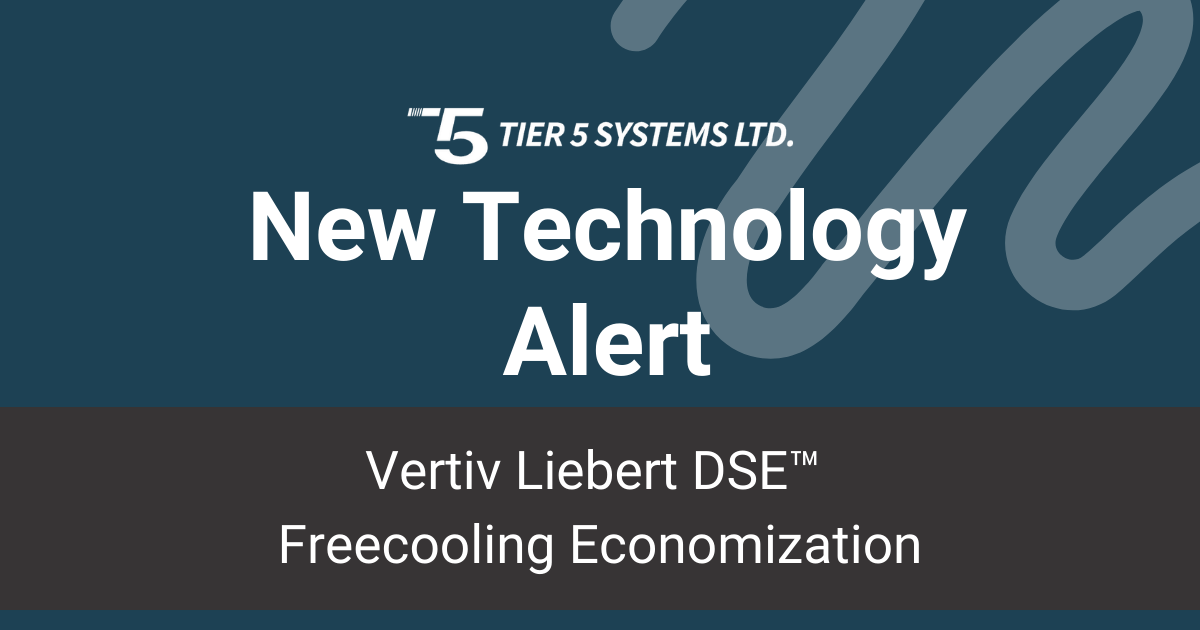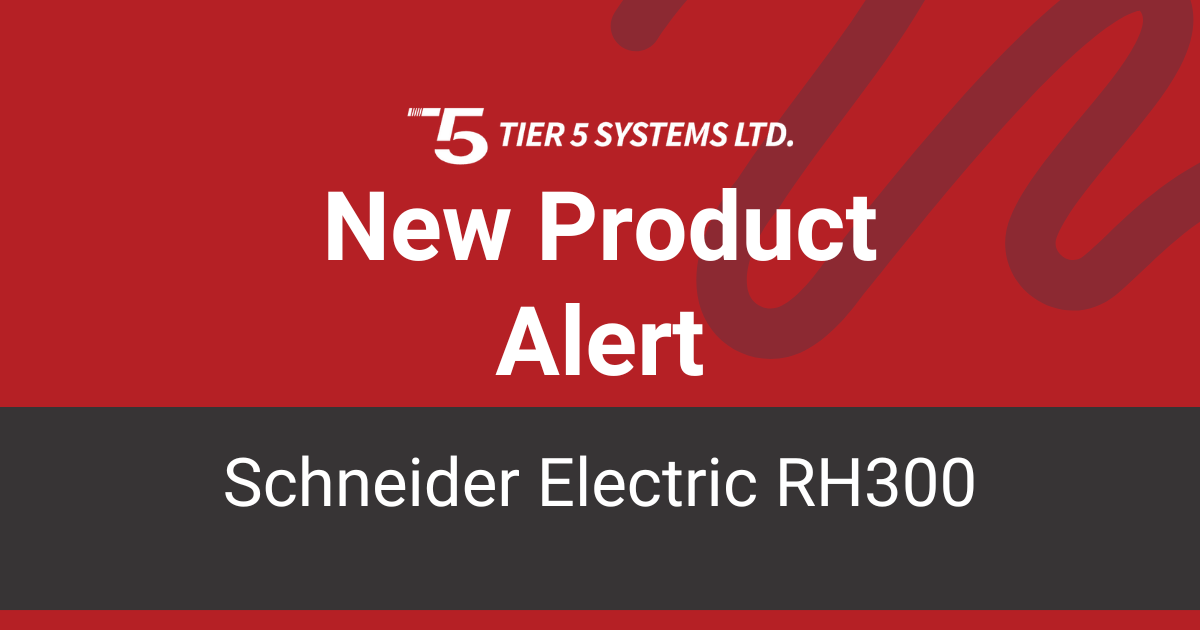Infrastructure Systems Replacement and Redundancy
A Guide to Reliable Infrastructure with T5 Systems
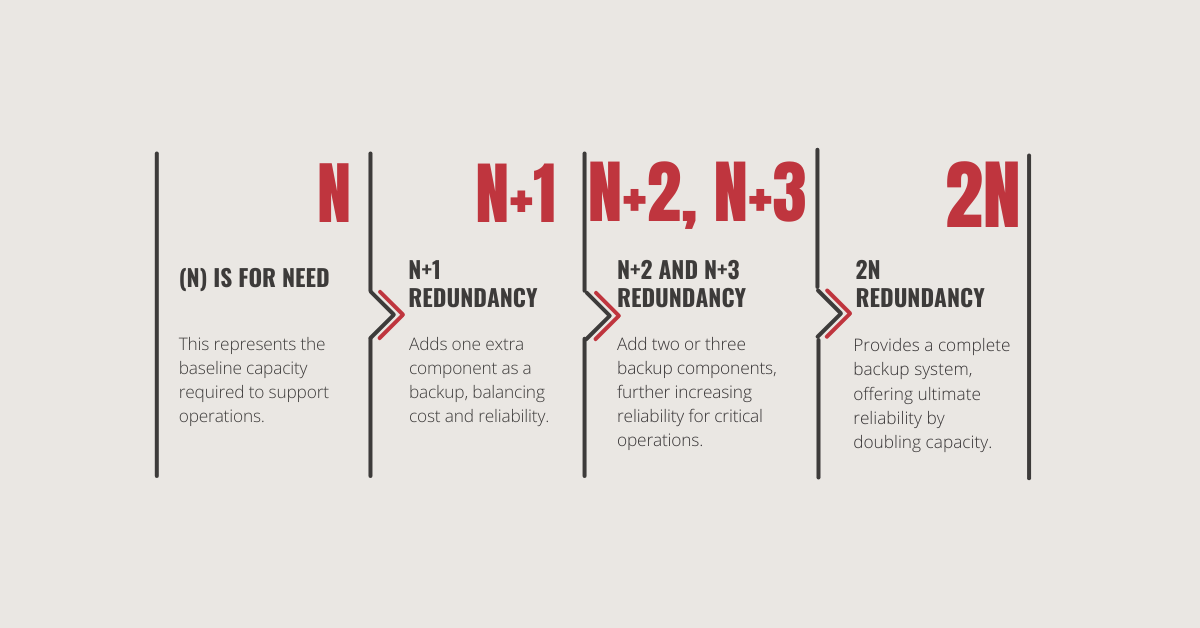
In today's world, businesses must check to see if System Replacement and Redundancy are essential for their operations. Outdated systems pose risks to reliability and efficiency. Businesses and consumers expect uninterrupted operations—they are vital. System replacement and redundancy are no longer optional. At T5 Systems, we specialize in creating solutions that future-proof your infrastructure and ensure seamless performance. Don't wait for a system failure to act. The time to upgrade is now.
Why System Replacement is Non-Negotiable
Aging infrastructure isn’t just a liability—it’s a ticking clock. All components in mechanical cooling systems like, Refrigerants, compressors, motors, pumps and control systems have finite lifespans, and delaying replacement can lead to:
Increased Risk of Downtime: Aging equipment is prone to failure.
- End of life and end of service life dates are important to keep track of as parts will no longer be available for repairs.
- Higher Operating Costs: Older systems often lack energy efficiency.
- Regulatory Non-Compliance: Upcoming standards, such as A2L refrigerants, may render your current systems obsolete.
At T5 Systems, we believe in a proactive approach. By replacing aging systems before they become liabilities, we help you mitigate risks, control costs, and maintain compliance with future regulations. Learn more about our Data Center Cooling Services to see how we can help upgrade your infrastructure.
What is Redundancy and Why Does It Matter?
Redundancy is the key to maintaining uninterrupted operations—even in the face of unexpected failures. It’s about ensuring that your systems have built-in backups to handle the load if a component fails. Here’s a breakdown of how redundancy works:
(N) is for Need: This represents the baseline capacity required to support operations.
N+1 Redundancy: Adds one extra component as a backup, balancing cost and reliability.
N+2 and N+3 Redundancy: Add two or three backup components, further increasing reliability for critical operations.
2N Redundancy: Provides a complete backup system, offering ultimate reliability by doubling capacity.
Why 2N Redundancy is Ideal
In a 2N setup, each system is designed to handle 100% of the load independently, with no shared components. This eliminates single points of failure and ensures uninterrupted operation during maintenance or emergencies.
Example:
In a recent T5 Systems project, we proposed options implementing 2N and N+2 redundancy for an enterprise-level data center. The solutions were tailored to guarantee zero interruptions during critical maintenance periods or unforeseen failures.
T5 Systems’ role in this process included:
- Developing and presenting detailed design options.
- Advising on the pros and cons of each solution.
- Managing the project from design through construction and commissioning.
Listen to our deep dive into Data Center Cooling discussion.
Case Study: T5 Systems in Action
Project Overview
A large-scale critical facility, housing two high-demand data centers, tasked T5 Systems with assessing and replacing aging cooling systems. These data centers served essential services, requiring zero downtime during upgrades. Recognizing that each server room is unique Key challenges included:
- Aging Components: Equipment such as the EOL chiller and EOSL refrigerant distribution units were past their expected lifespan, with failures potentially compromising operations.
- Space Constraints: Limited room in the data centers required creative design and installation strategies to accommodate new systems.
- Redundancy Needs: Both facilities required a robust cooling system with high reliability and minimal disruption during upgrades. However not both customers require the same level of redundancy and could utilize different solutions to best suit their needs.
T5 Systems recommended advanced cooling solutions from the industry's leading manufacturers to address the challenges. Explore our expertise in
Data Center Cooling to see how we tailor solutions for reliability.
The T5 Systems Solution Options:
After a thorough assessment of existing systems and operational requirements, T5 Systems recommended three options:
Option 1: Comprehensive 2N Redundancy
- Replacement of all EOL & EOSL equipment.
- Installing new Pumped refrigerant systems fed from two separate chilled water sources. Interlacing over aisle cooling modules into pod (which require zero white space) to deliver uniform temperatures throughout server pod
- Installation of (1) new economizing chilled water source
Option 2: Cost-Effective 2N solution (some common SPOF)
- Replacement of all EOL & EOSL equipment.
- Combination of dual-coil refrigerant and water-based in-row cooling systems.
- These cutting edge dual cool in-row coolers have a chilled water (CW) and direct expansion (DX) cooling abilities.
Option 3: Cost-Effective N+2 solution
- Replacement of all EOL & EOSL equipment.
- Use of air cooled in-row cooling units paired with wall-mounted indoor units for added redundancy (permanently installed emergency cooling)
- Utilize direct expansion technology for in-row coolers and wall mount
Pros & Cons of Cooling System Options: Which Solution is Right for You?
Choosing the right cooling system is essential for ensuring reliability, efficiency, and compliance with evolving standards. Below, we outline the pros and cons of three advanced options, along with T5 Systems’ expert recommendations to help you make an informed decision.
Option 1: Comprehensive 2N Redundancy
This option represents the most robust and reliable cooling solution, offering full 2N redundancy and state-of-the-art features.
Pros:
- Maximum Reliability: Provides full 2N redundancy with two cooling systems, each capable of handling 100% of the design load.
- No IT Cabinet Space Lost: Requires zero white space, preserving server room capacity.
- Safe for IT Infrastructure: Refrigerants pose no risk to infrastructure in the event of a system leak.
- Uniform Temperatures: Ensures consistent cooling throughout the server room.
- Energy Efficiency: Enables economization (free cooling) for up to 75% of the year.
Cons:
- Regulatory Challenges: Uses a large quantity of HFC refrigerants, such as R134a, which are part of phase-out plans, necessitating potential future system upgrades.
- Complex Compliance Needs: The high refrigerant volume may require PPM monitors and abatement technology to manage potential leaks.
- System Complexity: Integrates two separate cooling solutions from multiple manufacturers, increasing system integration challenges.
- Aging Technology: Pumped refrigerant systems are an older technology compared to other options.
- Cost: This is the most expensive solution of the three options.
Option 2: Cost-Effective 2N solution, Dual-Cool Chilled Water (CW) and DX In-Row Cooling
This mid-tier solution provides 2N redundancy with a balance between existing resources and new capabilities.
Pros:
- Reliable Redundancy: Delivers 2N redundancy with four cooling systems, each operating at 25% of the design load.
- Leverages Existing Systems: Utilizes the building’s existing chilled water source.
- Compact Design: A single footprint offers two cooling sources.
- Enhanced Control: One manufacturer provides built-in controls, simplifying system operation.
- Energy Efficiency: Chilled water source could be fed from free cooling chiller or dry cooler for ecnomomization.
- Consistent Temperatures: Maintains uniform temperatures across the server room.
Cons:
- Regulatory Risks: DX in-row systems rely on HFC refrigerants (R410a), which are also part of phase-out plans.
- Proximity to Critical Infrastructure: Requires chilled water lines to be routed close to IT equipment, posing potential risks to infrastructure in case of leaks.
- Space Requirements: Each in-row cooler occupies 300mm of white space, reducing usable server room capacity.
Option 3: Cost-Effective N+2 solution, In-Row DX Cooling with Permanently Installed Emergency Cooling
Pros:
- High Redundancy: Features N+2 redundancy, ensuring reliability even if multiple cooling systems fail simultaneously.
- Economical Choice: The most budget-friendly solution of the three options.
- Enhanced Performance: Includes permanently installed emergency cooling for added assurance.
- Modern Design: Utilizes upgraded models from a new product line with advanced controls.
- Balanced Load Distribution: Five cooling systems, each operating at 33% of the design load, improve efficiency.
- Simplified Integration: Built-in controls from a single manufacturer streamline system management.
Cons:
- Regulatory Concerns: Relies on HFC refrigerants (R410a), which face regulatory challenges due to phase-out plans.
- No Economization: Does not offer free cooling capabilities.
- Space Constraints: Each in-row cooler occupies 300mm of white space, limiting server room capacity.
T5 Systems’ Recommendations
After careful analysis, T5 Systems often recommends Option 1 for mission-critical facilities where uptime, reliability, and long-term scalability are paramount. This solution provides unmatched reliability and ensures uniform cooling while enabling significant energy savings through economization.
For environments with budget constraints or specific space requirements, Option 3 offers a practical alternative, balancing redundancy and cost-effectiveness.
Additionally, T5 Systems advises adjusting
hot aisle temperatures to 35°C to maximize the efficiency and capacity of your cooling systems. This not only reduces capital and operational costs but also aligns your system with upcoming refrigerant standards, ensuring regulatory compliance and long-term performance. For a discussion and proposal on your project,
Contact Us to book a consultation.
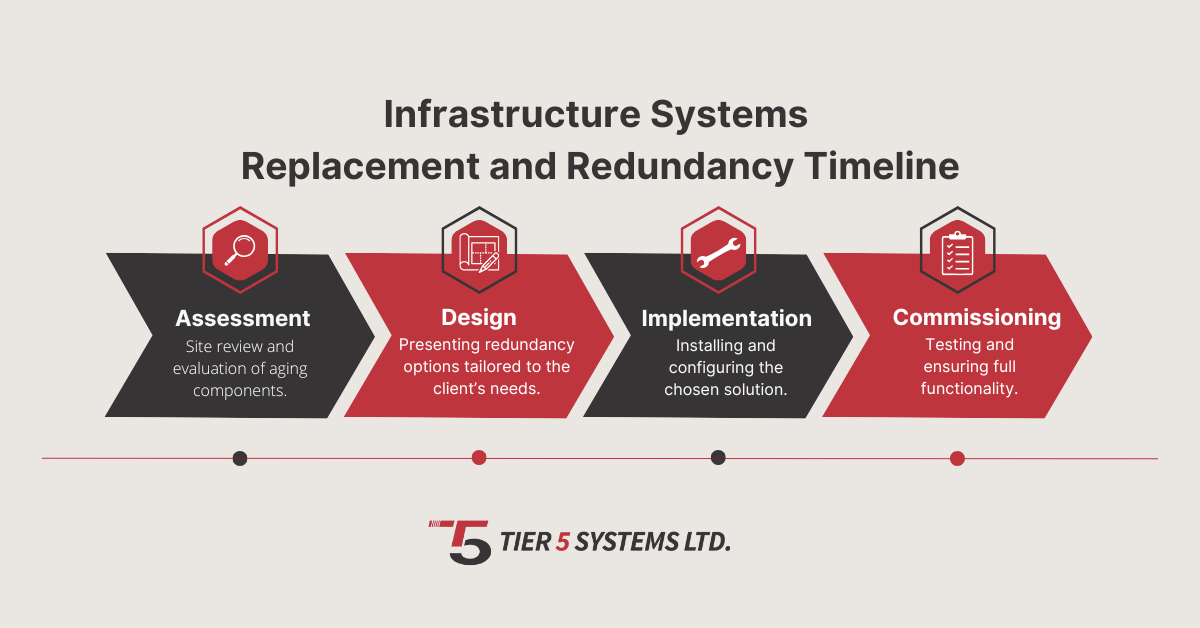
Why Choose T5 Systems for Your Infrastructure Needs?
1. Tailored Expertise
Every project is unique. We design systems that align with your operational goals and budget constraints.
2. Future-Proof Solutions
With regulatory shifts like the phase-out of HFC refrigerants, our designs prioritize long-term compliance and efficiency, ensuring that your investment in our solutions is future-proof.
3. Unmatched Reliability
Our redundancy strategies—whether 2N or N+1—are designed to minimize risks and ensure uninterrupted operations, giving you the peace of mind that your operations will continue without interruption.
4. End-to-End Support
From assessment to post-installation maintenance, T5 Systems provides comprehensive solutions that inspire confidence and ensure you're fully supported.
FAQ's about Systems Replacement and Redundancy
What are the signs that my system needs replacement?
Look for frequent breakdowns, increased energy costs, or components nearing end-of-life.
How do I choose between 2N and N+1 redundancy?
2N is ideal for critical operations requiring zero downtime. N+1 offers reliability at a reduced cost, suitable for less critical environments.
Are T5 Systems' solutions compliant with upcoming regulations?
Yes, all our designs prioritize compliance with future standards, including A2L refrigerants.
Need Help Deciding? Contact Tier 5 Systems Today
Selecting the right cooling system can be complex, but you don’t have to navigate it alone. At T5 Systems, we provide tailored solutions that meet your operational needs, budget, and regulatory requirements. Contact us today to schedule a consultation to discuss how we can future-proof your infrastructure.

